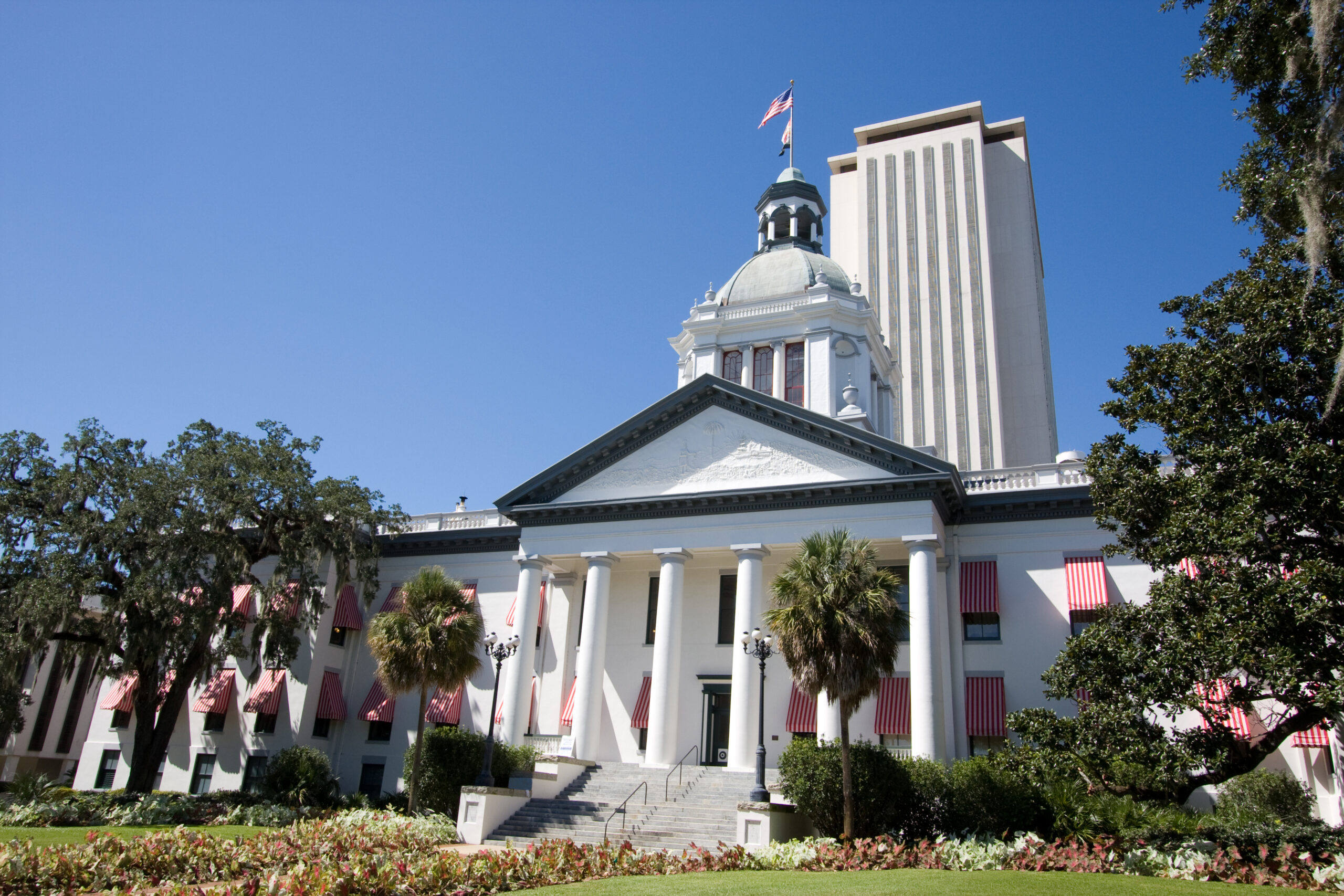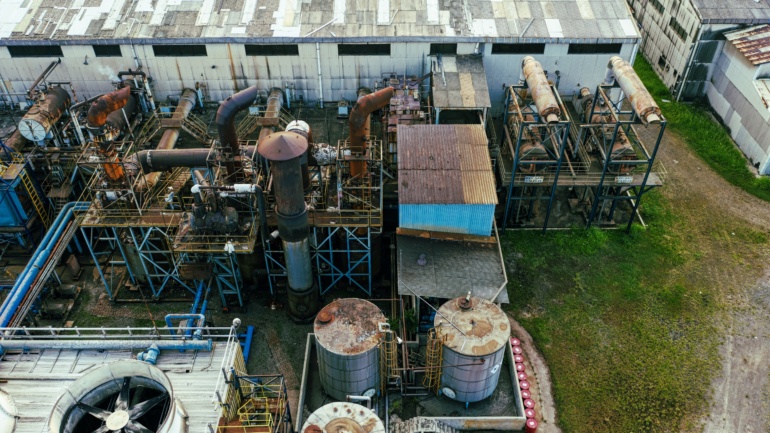By April Day, Director of Publishing for Save the Water™ | April 13, 2021
On April 3, 2021, Florida Governor Robert DeSantis declared an emergency. A structure holding back 480 million gallons (1.8 billion liters) of seawater mixed with process water from an old fertilizer manufacturing plant at Piney Point, Florida, has a leak.Process water refers to water used in a chemical process to manufacture phosphoric acid used in fertilizer. Each ton of usable phosphate produces five tons of phosphogypsum, which contains uranium and radium. This phosphogypsum decays into a radioactive, cancer-causing gas. Ponds of process water sit on top of stacks of phosphogypsum.
Decades of decay may cost about $3 billion to fix. For now, the solution is to dump millions of gallons of untreated wastewater directly into Tampa Bay. Unfortunately, this dumping could harm the environment. The question is, how did this happen?
In short, no one could agree on what to do for decades. When people warned about the danger and asked for help and money, authorities didn’t help.
How Did This Problem with Florida’s Leaking Wastewater Happen?
Piney Point is located in Manatee County, Florida. This catastrophe was building for decades and came as no surprise to those paying attention. In fact, several stakeholders warned about this very problem at Piney Point within the last year. Regrettably, for two decades, stakeholders could not agree on a safe solution, even though technologies are available.
Timeline of Florida’s wastewater leak
2001 – Fertilizer plant at Piney Point is closed and abandoned, and no one treats or disposes of the waste and wastewater properly.
2011- A leak from Piney Point spilled more than 170 million gallons of process water into Bishop Harbor and Tampa Bay.
2016 – A different fertilizer plant in central Florida spilled more than 200 million gallons of contaminated wastewater into one of Florida’s main aquifers after a massive sinkhole opened up in a pond containing a phosphogypsum stack.
2019 – A study found that Piney Point may be only two years away (i.e. 2021) from reaching capacity.
2020 – Oct. 20, (less than 6 months before catastrophe) US Congressman Vern Buchanan sent a letter asking the United States Environmental Protection Agency (EPA) to oversee efforts to dispose of toxic wastewater at the former Piney Point phosphate processing plant.
2021 – January, Manatee County Commissioner Vanessa Baugh and sponsored by Florida Official Boyd submitted a local funding initiative to ask for help to pay for cleaning up Piney Point. She pointed out that the holding company didn’t have enough money to manage an accidental spill and that such a spill could have catastrophic consequences on the environment. The holding company, HRK Holdings, warned state officials that three ponds holding contaminated process water were approaching capacity months before the leak.
2021- March 30, Officials start controlled discharges of 35 million gallons per day on average into Tampa Bay to prevent flooding.
2021 – April 3, Florida Governor DeSantis declares a state of emergency.
2021 – April 5, engineers find no additional breach at Piney Point.
What Does This Florida Wastewater Leak Mean for Drinking Water?
Florida officials have assured the public that the leaking water is not radioactive. Manatee County Commission Chair Vanessa Baugh stated that the water is safe for drinking. Furthermore, she stated that the leak doesn’t threaten the county’s primary source of drinking water, Lake Manatee. However, she only stated this for Piney Point. The truth is that Florida has the greatest number of phosphate mines of any state in the USA. It has 27 of at least 70 in the country. In 2016 and 2019, spills from other phosphogypsum stacks with process water on top endangered the Floridian aquifer.
Who is Impacted by This Florida Wastewater Leak?
Florida evacuated 267 inmates from Manatee County to Polk County because of the danger of flooding from Piney Point. In addition, near Piney Point, 316 homes were evacuated. To make matters worse, the leak at Piney Point will affect even more people. For example, the leak may lead to problems with harmful algal blooms, which are caused when algae rapidly grow to excessive levels in the water. Algal blooms are dangerous as they can be toxic and kill wildlife. Because of this, algal blooms could hurt both people and the environment. Sadly, harmful algal blooms have frequently caused problems in Florida. Additionally, the Piney Point leak could also lead to red tides, which are especially dangerous algal blooms. Red tides kill fish and cause respiratory problems in humans, and they can also cause beaches in Florida to close.
What Can You Do About Leaking Wastewater from Industry?
You can help in two ways:
- Make it clear to your representatives that you care about cleaning up wastewater properly and in a timely manner.
- Follow news about wastewater treatment at Save the Water™ and elsewhere.




